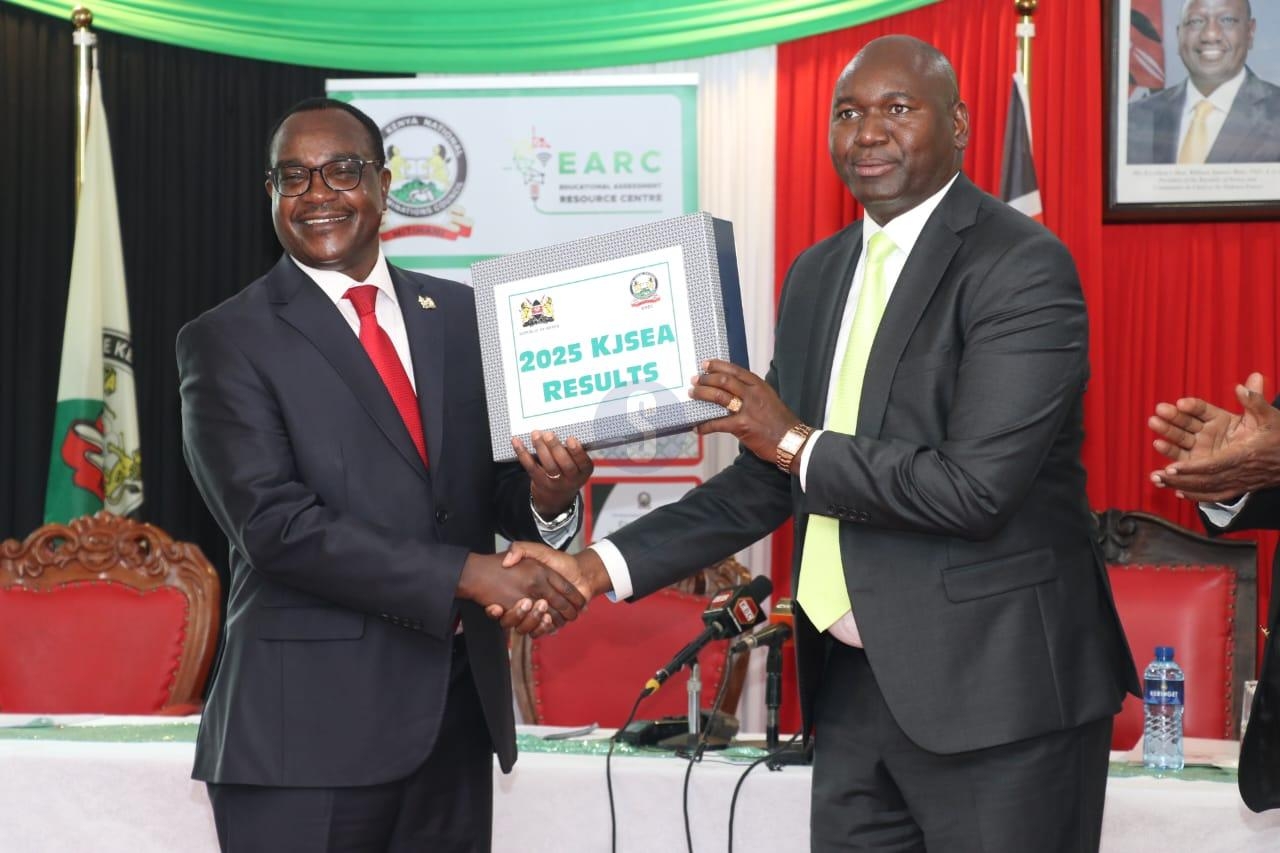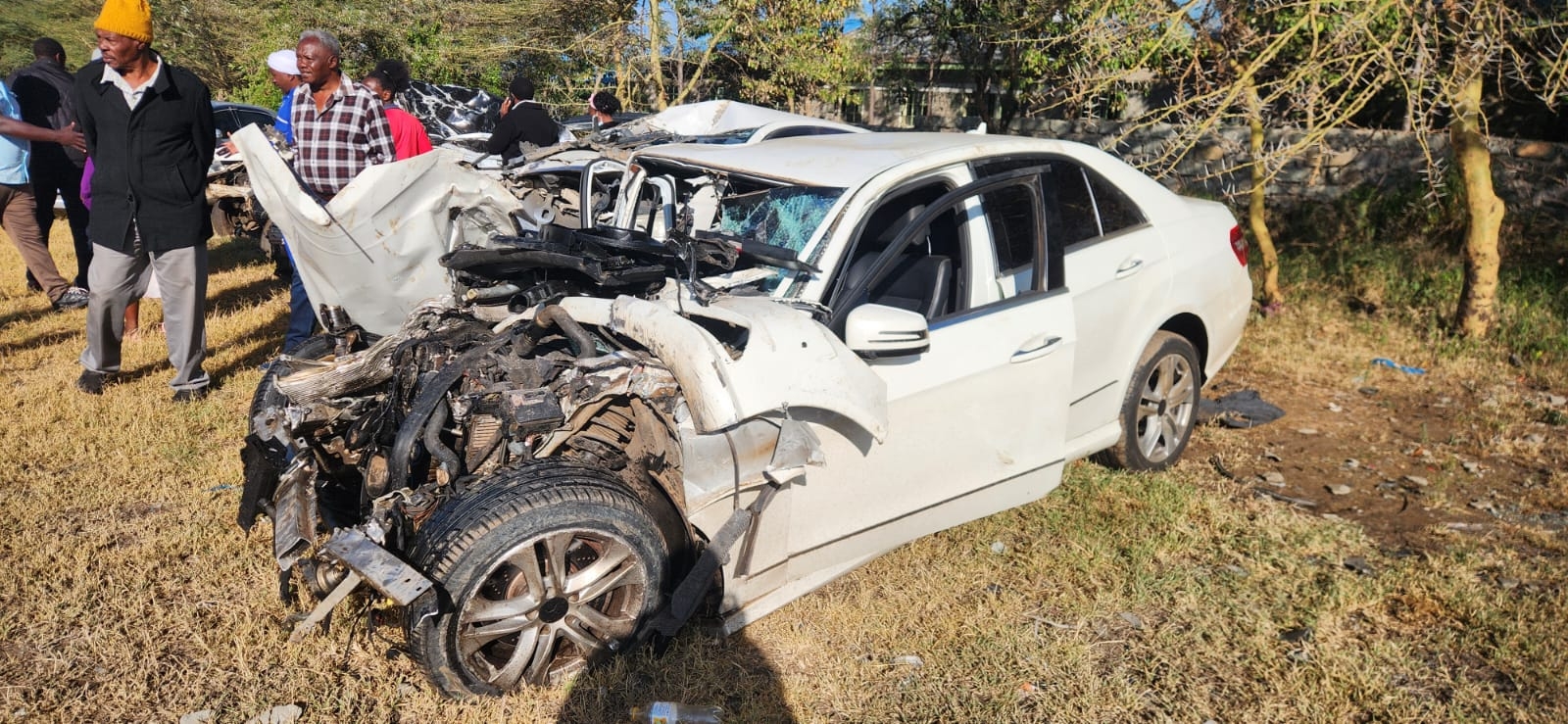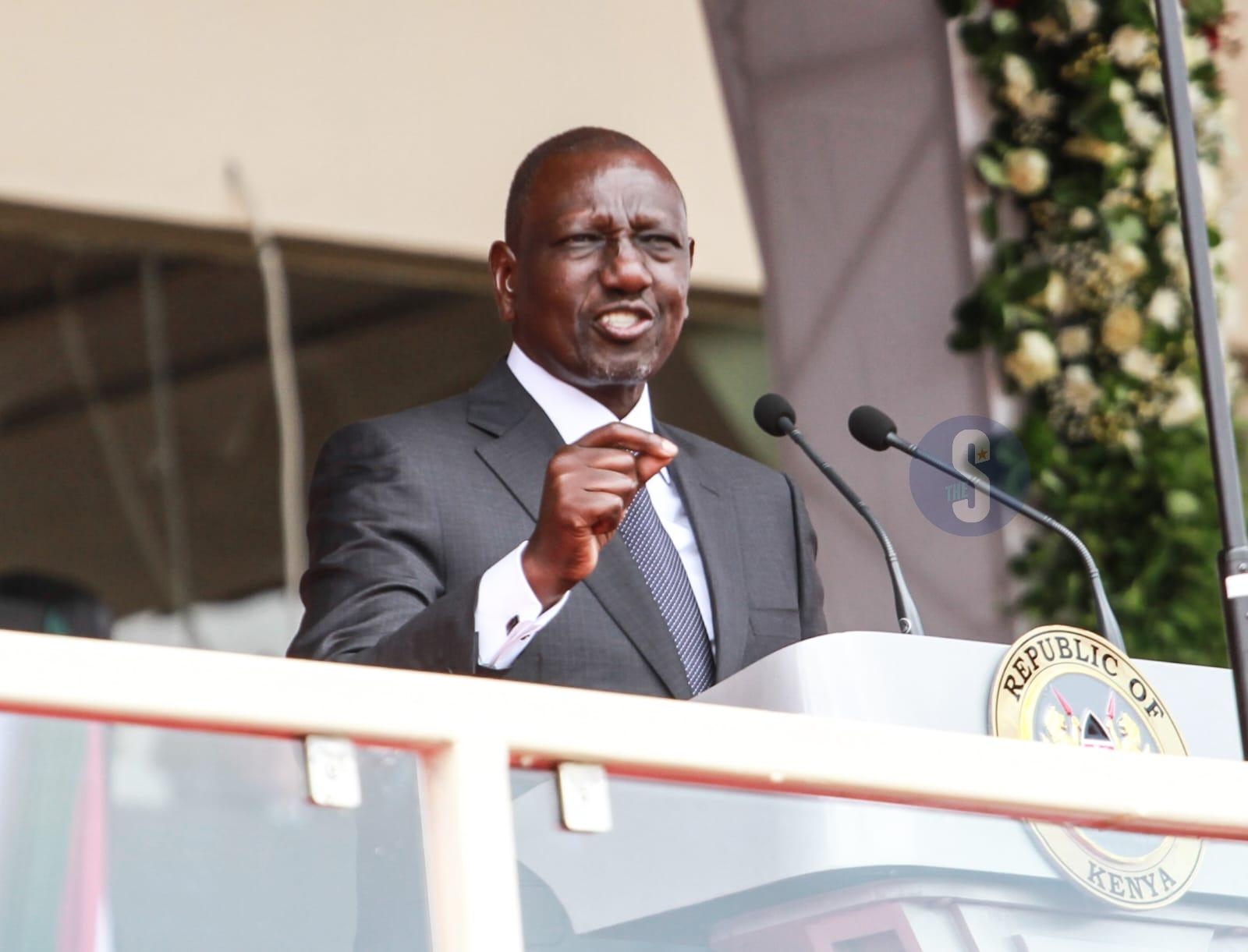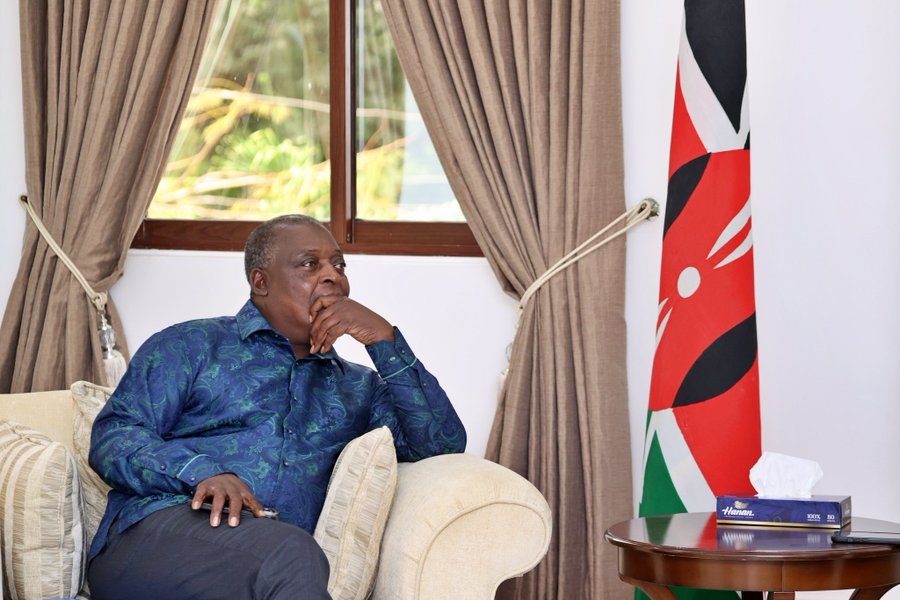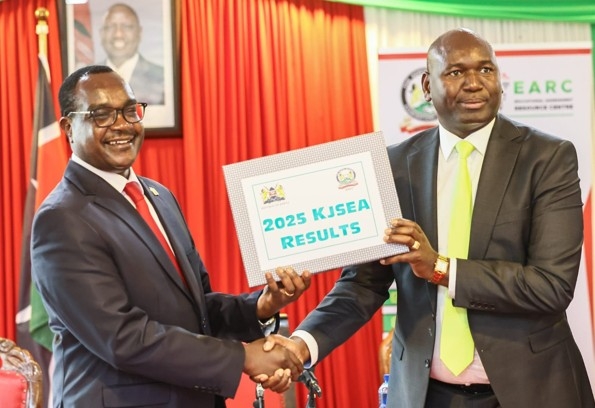
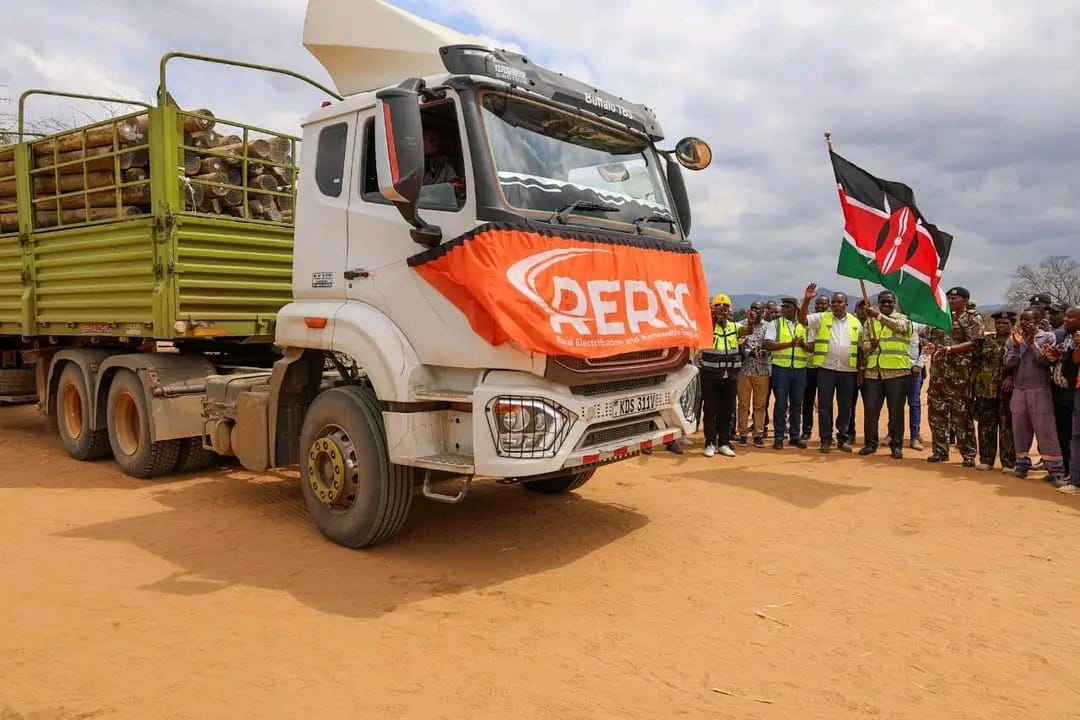
Kenya Vision
2030, Sustainable Development Goal 7 (SDG 7) and the Bottom-Up Economic
Transformation Agenda (BETA) all conform to the call for a universal access to
reasonably priced, dependable and sustainable energy by 2030.
This broad-based Agenda imbues well with Kenya’s commitment to net zero emissions by 2050 and the Paris Agreement established in 2015 on global climate change aiming to limit global warming to below 2° Celsius.
Generally, this conformation restricts use of Petroleum, diesel and wood fuel as preferred form of energy both in the transport sector and at the household levels.
In conformity to this, Kenya is becoming a regional dynamo for renewable energy, with over 90 per cent of electricity coming from clean sources including geothermal, hydro-power, wind, solar and biomass.
With urban stand-up at 90 percent and rural standup at 37.3 percent, the country’s electrification rate has increased ominously from 23 percent in 2013 to nearly 75 percent in 2024.
Currently, clean cooking solutions are accessible only to 34.4 per cent of the population and the government targets doubling per capita Liquefied Petroleum gas (LPG) consumption by 2030 and achieving its penetration of 70 per cent by 2028.
The Kenyan electricity network is a complex mesh in which different significant institutions play supporting roles in the attainment of prolific production, regulation, transmission and distribution.
Kenya Electricity Generating Company (KenGen) is in the lead of power production, whereas Kenya Electricity Transmission Company (KETRACO) possesses high-voltage power lines for energising the production stations to urban towns and rural villages.
The distribution of electricity to the consumers is by the Kenya Power and Lighting Company (KPLC) to ensure a constant supply of electricity to homes, businesses and institutions.
The Rural Electrification and Renewable Energy Corporation (REREC) is a flagship programme that supplies electricity to rural and marginal areas utilising renewable energy sources of solar mini-grids.
The Energy and Petroleum Regulatory Authority (EPRA) enhances transparency, fair pricing and adherence to regulation of safety and environmental protection.
The National Oil Corporation of Kenya (NOCK) avails a platform for regulating petroleum exploration, refining and marketing to satisfy increasing fuel demands of the country.
These agencies converged in Kitui County a week ago with the aim of increasing the county’s power grid as part of government’s social responsibility activities leading up to the National Mashujaa Day celebrations.
The County which often hits headlines for lack of adequate electricity connectivity and uncertainty in power supply, now exemplifies what synchronized action can do to ensure realisation of development.
With concerted efforts by the agencies under the Ministry of Energy and Petroleum Kitui county has been accorded more energy transmission, thereby increasing the coverage of the county in the national grid.
The REREC’s clean energy initiatives have been most effective in Kitui. Solar mini-grids and off-grid solar systems have powered off-grid communities, allowing students to study at night, clinics to power equipment and businesses to flourish.
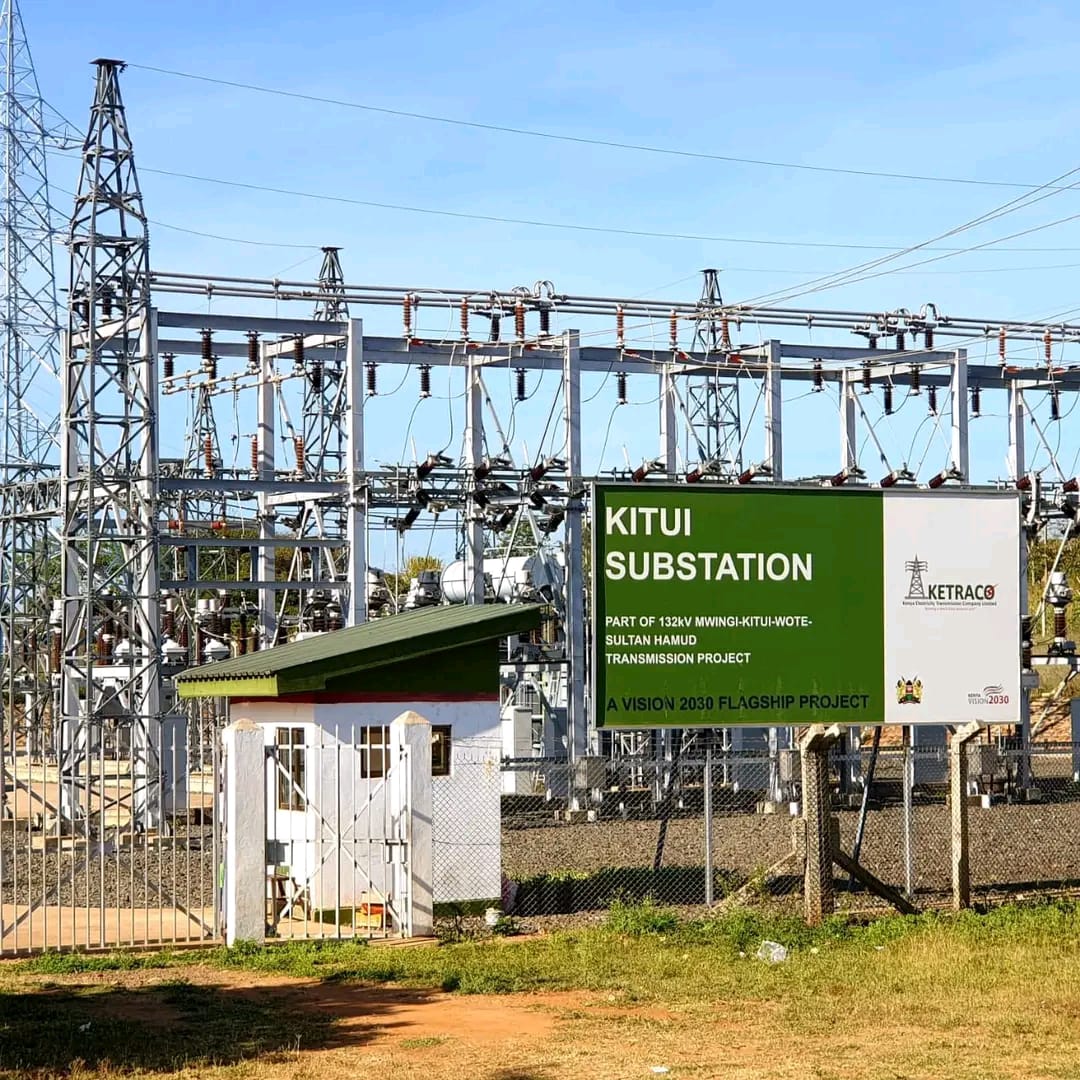
Kenya is expanding its energy policy to incorporate new generation technologies over the next two years. These include a planned nuclear power station in Siaya County, a midterm project that will diversify the mix of electricity generation in Kenya and offer a low-carbon baseload source of electricity.
The project will contribute significantly to enhancing the electricity generation capacity of Kenya, reducing dependence on fossil fuels and industrialisation in Kenya.
The Ministry of Energy and Petroleum will lead the project with the backing of the Nuclear Power and Energy Agency (NuPEA). By 2040, the Kshs.500 billion nuclear power plant will offer 20,000 megawatts (MW) of electricity to the national grid.
Despite the extent to which Kenya’s energy industry has developed, there are still certain setbacks. It is not yet in rural Kenya; it needs constant investment to maintain it, and it needs highly competent manpower to absorb new technology.
It is the role of the Ministry of Energy and Petroleum, KETRACO, KPLC, REREC, EPRA, NOCK and other stakeholders to be ahead of the challenges through the acceleration of collaboration, innovation and stakeholder involvement.
For Kitui, that would mean expanding the renewable energy projects, transmission and distribution lines and other ventures like the Siaya nuclear power plant in a bid to be able to realise the affordability and energy security.
As Kenya honoured its heroes and heroines on Mashujaa Day 2025, the celebration in in the County’s newly constructed stadium appreciated the unsung heroes of Kenya’s energy revolution institutions, innovators including; - those who had proved their worth through the schools’ national science fairs and communities that had participated in transforming the nation from energy deficit to surplus.
The modernisation of Kitui from a state of a constrained access to power to a beneficiary of modern energy infrastructure offers a solid case for the success of such initiatives.
The instituting of the nuclear facility in Siaya represents an advanced approach aimed at ensuring the sustainability of Kenya’s energy landscape while adopting economic advancement even as it promises sustained increased access for Kitui residents in future.
Energy is more than just power, as Kenyans deliberated the scope of the activities aligned as lead up to the Mashujaa Day celebrations through the Energy Week themed and themed “Transforming Lives through Sustainable Energy Solutions,” one thing came out clearly electricity connectivity requires supremacy for resilience, progression and fairness.
All Kenyans could be stakeholders in sustainable energy if there was constant investment, invention and cooperation.
Energy was confirmed to be the pace-setters for economic growth, social progress and optimum utilisation of natural resources in the contemporary world.
Kenya is gearing up for the October 20, 2025 Mashujaa Day celebrations at Ithookwe Stadium in Kitui County.
The Energy week’s activities were undertaken as a build-up to this year’s national Mashujaa Day celebrations in Kitui County under the championship of the Ministry of Energy and Petroleum (MoEP) between 13th and 19th October, 2025, at the Kitui Teachers Training College.
Part of the activities were disrupted as the nation diverted to mourn the death of the former Prime Minister Raila Odinga who was an enigma of the country’s politics.
The weeklong activities were used in discussing how energy could be utilized to ensure social justice, economic development and climate resilience in Kenya besides other goings-on that left kitui county with a number of goodies from the national government, a replica of what happened in the 15 other counties that had earlier hosted either Mashujaa or Madaraka Day in the past since its regionalisation in 1916.



